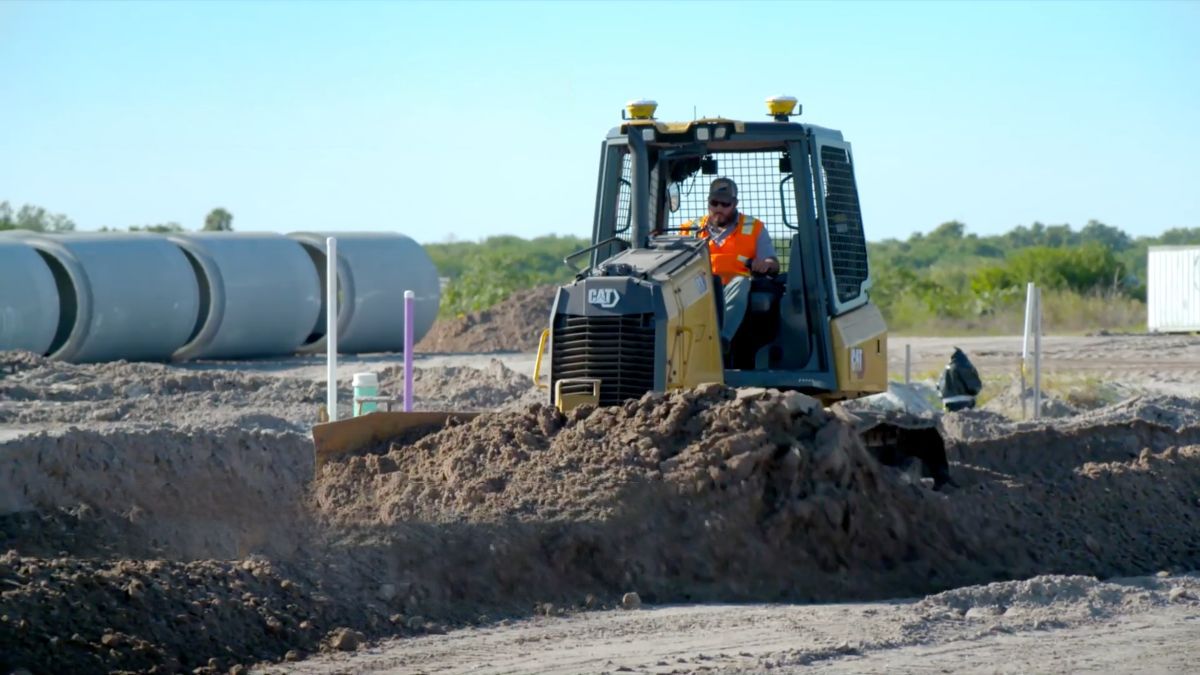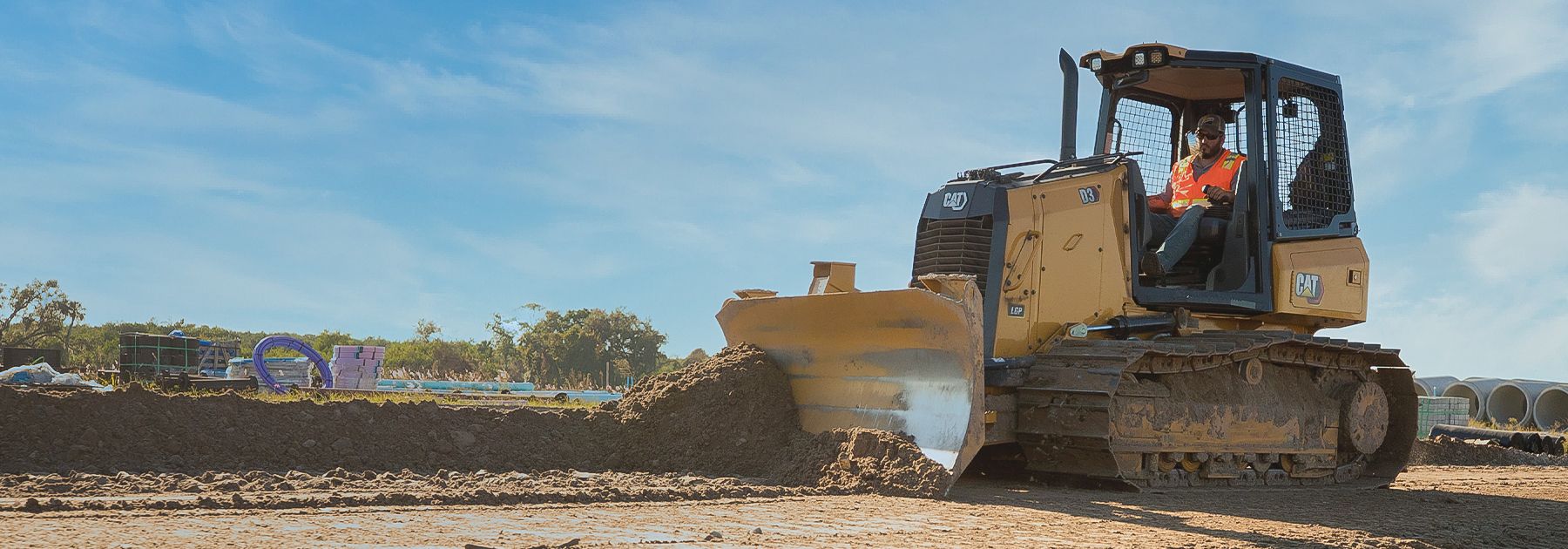

Sign In
Welcome! Sign In to personalize your Cat.com experience
If you already have an existing account with another Cat App, you can use the same account to sign in here
Register Now
One Account. All of Cat.
Your Caterpillar account is the single account you use to log in to select services and applications we offer. Shop for parts and machines online, manage your fleet, go mobile, and more.
Account Information
Site Settings
Security
Your Cat® Dozer Blade Level Indicator
Cat® dozers are here to help you get more done. These compact, efficient and nimble machines tackle a variety of jobs with ease—from clearing and grading lots to backfilling and final grade work. One of a dozer’s most essential components is its blade—an adaptable, powerful tool that maximizes productivity. Read on for everything you need to know about maintaining this impressive—and essential—part of your dozer.

Knowing Your Dozer Blade Types
The blade is the heavy metal plate located at the front of the dozer that is used to push and dig through various types of material. Different types of blades are better suited for specific projects.
There are five types of dozer blades:
- Straight blade: the shortest type of blade available for dozers, best suited for fine grain and medium- to hard-density materials
- Universal blade: large flanks and a curved shape, ideal for pushing material across long stretches of land, as well as for trenching, hauling, pushing and raising
- Semi-U blade: combines the features of an S-blade and a U-blade, giving greater penetration and better overall versatility for tasks like raising, moving heavy loads, tripping and trenching
- Angle blade: mounted in the center of the dozer panel, most useful for staking, shaping, stripping and trenching
- Power Angle Tilt Shovel blade: the most versatile blade due to its ease of maneuverability and multifaceted movement, ideal for scraping, land clearing, grading, backfilling and leveling
Knowing Your Dozer Blade Parts
Regardless of blade type, all dozer blades consist of multiple parts:
- Pins and bushings, the hypothetical glue holding your undercarriage together
- Blade trunnions and sockets that allow vertical movement of the blade
- Dozer “C” frames to hold, tilt and angle the blade
- Hydraulic cylinders to power movement of the undercarriage
- Cutting edges and blade wear plates, which we’ll dig in to a little more now. These allow your dozer to slice through the toughest materials, making sure you can dig easier, load faster and finish quicker. This level of grind means you need to consistently monitor your blade for wear.
How To Spot Wear on Your Dozer Blade
The cutting edge is located along the bottom of the blade. It has grooves cut into it, which are your dozer blade level indicators. These help the operator identify when the cutting edge is worn to the point of needing repair, either rotating or replacing it. You don’t want it to wear past the indicator too far because the wear will continue into the blade support, which is the structural part of the blade.
Rotating And Replacing Your Dozer Blade
There’s no set-in-stone timeline to rotate your cutting edge, but the more routine, the better. Flipping it regularly can double the dozer blade life. The flipping interval depends upon what type of material the dozer blade is used for and its application.
Since the cutting edge is the most highly worn part of the blade, it is designed to be routinely replaced. If you notice cracks or splits, it’s definitely time to swap it out for a new cutting edge. Additionally, the best dozer blade level indicator is if it’s less than 50% of its original thickness.
Maintaining Your Dozer Blade
Make sure you’re regularly cleaning your blade, wiping away any dirt, debris or material buildup that can speed up wear and reduce efficiency. You also want to consistently inspect, sharpen and rotate the cutting edge of your dozer blade. Look for cracks, chips or uneven wear patterns that might signal it needs replacing.
And, of course, the best way to ensure a long life for your blade is to be mindful of your operating conditions. Abrasive materials, rough or wet terrain and excessive use can all wear down your dozer blade quickly, so try to avoid back-dragging and minimize any excessive down-pressure when operating.
Finally, don’t be resistant to replacing your blade when it really needs it. Swap out worn or damaged edges promptly to maintain peak performance and safety.
Connect with Us
In person or online, we're here to help you find the answers you need. Reach out to your local Cat dealer for advice close to home. Sign up for our newsletter to hear from industry experts. Or keep exploring this site for additional information.

